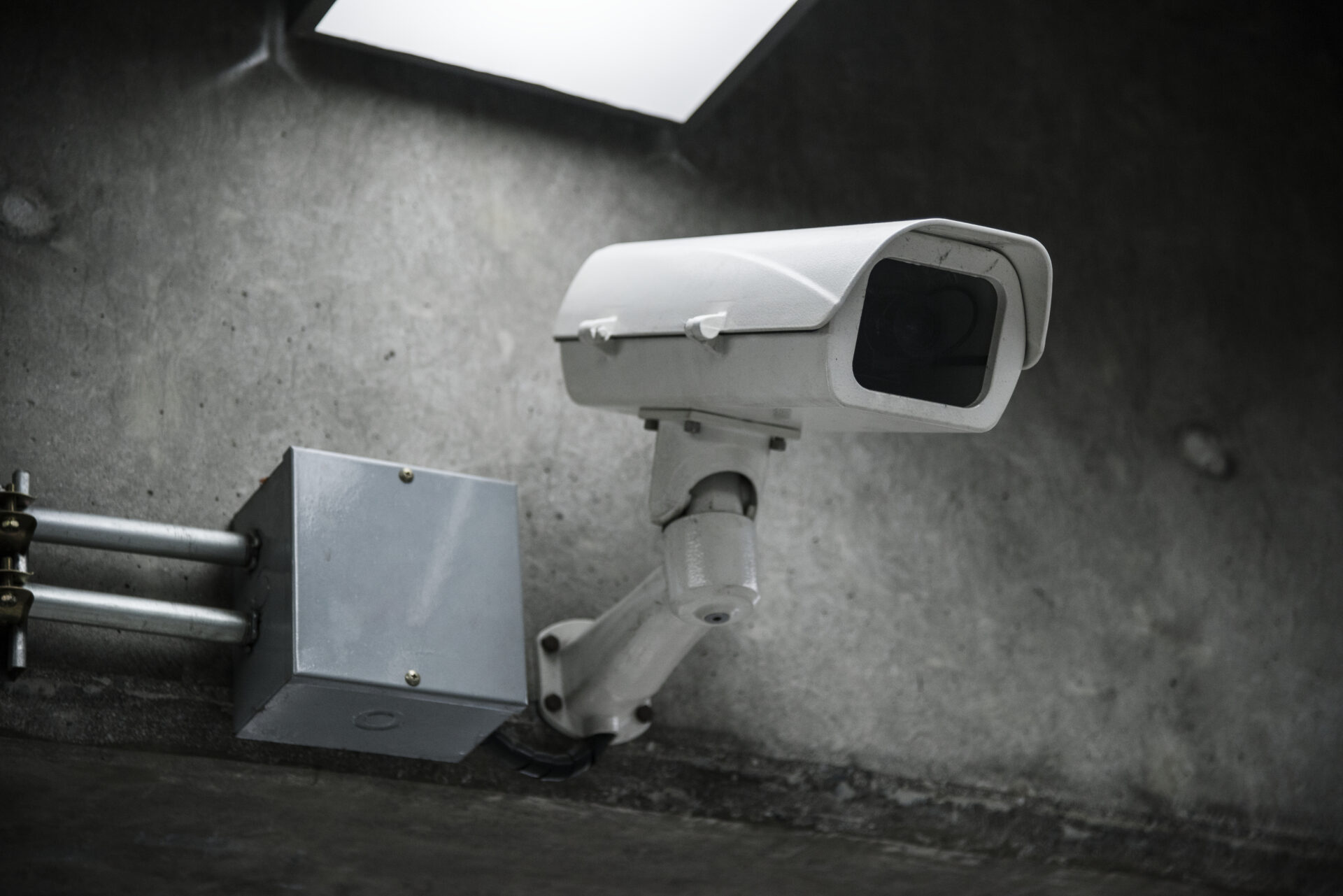Video analytics technology has revolutionized the way we interact with video data. The technology is based on computer vision, a branch of AI concerned with enabling machines to interpret and understand visual data, much like humans do. With the help of AI and ML algorithms, it is possible to analyze video data in real-time and extract valuable insights that can be used to improve safety, security, and customer experiences.
One of the key features of video analytics is its ability to detect and track objects in a video feed. This is achieved through the use of advanced computer vision algorithms that are capable of recognizing patterns and shapes.
By analyzing video data this way, video analytics can identify specific objects in a video feed, such as people, vehicles, or animals. This can be particularly useful in applications such as security and surveillance, where the ability to track the movement of objects is critical.
Another important aspect of video analytics is its ability to recognize patterns and extract insights from visual data. This is done through the use of machine learning algorithms, which are trained on large amounts of video data to identify patterns and trends.
For example, in a retail environment, video analytics can be used to analyze customer behavior and identify buying patterns.
This information can then be used to optimize store layouts and improve the customer experience.

How Does Video Analytics Work?
Video analytics works by using computer vision algorithms to analyze video data. These algorithms are trained to recognize specific objects or events, such as people, vehicles, or suspicious behavior. The algorithms use machine learning techniques to improve their accuracy over time, as they are exposed to more data.
The video analytics process can be broken down into several steps:
- Data Acquisition: Video data is captured by cameras and transmitted to a server for processing.
- Pre-Processing: The video data is pre-processed to enhance quality and reduce noise.
- Object Detection: Computer vision algorithms detect objects in the video feed, such as people, vehicles, or animals.
- Object Tracking: The algorithms track the movement of objects in the video feed over time.
- Behavior Analysis: The algorithms analyze the behavior of objects in the video feed, looking for patterns that may indicate suspicious or unusual behavior.
- Reporting: The analysis results are reported to users in various formats, such as alerts or dashboards.
Applications of Video Analytics
Video analytics is used in a wide range of industries and applications, including:
- Security and Surveillance: Video analytics is used in security and surveillance systems to detect and prevent crime. It can be used to identify suspicious behavior, track the movement of people or vehicles, and alert security personnel to potential threats.
- Retail: Video analytics is used in retail environments to analyze customer behavior and improve the shopping experience. It can track customer movements, monitor product displays, and analyze buying patterns.
- Traffic Monitoring: Video analytics monitors traffic patterns and improves transportation systems. It can detect accidents, analyze traffic flow, and optimize traffic signals.
- Healthcare: Video analytics is used in healthcare settings to monitor patients and improve care. It can detect falls, monitor vital signs, and analyze patient behavior.
- Marketing and Advertising: Video analytics is used in marketing and advertising to analyze customer behavior and improve campaigns. It can track customer engagement, monitor ad performance, and optimize ad targeting.
Benefits of Video Analytics
Video analytics offers several benefits, including:
- Improved Efficiency: Video analytics can automate many tasks that would otherwise require human intervention, improving efficiency and reducing costs.
- Enhanced Security: Video analytics can help detect and prevent crime, improving security in public spaces and private facilities.
- Better Customer Experience: Video analytics can help retailers and other businesses improve the customer experience by analyzing customer behavior and optimizing store layouts.
- Improved Healthcare: Video analytics can help healthcare providers monitor patients more effectively, improving care and reducing costs.
- Improved Marketing and Advertising: Video analytics can help marketers and advertisers optimize their campaigns, improving engagement and ROI.
Potential Applications of Video Analytics
Video analytics technology has the potential to benefit a wide range of industries by improving production, safety, security, and customer experiences. Here are some sectors that can use video analytics to improve their operations:
- Retail: Video analytics can be used in retail stores to analyze customer behavior, such as which products they interact with the most, how long they stay in certain areas of the store, and which products they ultimately purchase. This information can be used to optimize store layouts and improve the overall customer experience.
- Healthcare: Video analytics can be used in healthcare facilities to monitor patients and detect potential safety issues, such as patients falling or wandering off. This technology can also be used to improve the efficiency of healthcare operations, such as tracking the movement of equipment and staff.
- Manufacturing: Video analytics can be used in manufacturing facilities to monitor production processes and identify potential areas for optimization. This technology can also be used to improve worker safety by detecting potential hazards and alerting workers in real-time.
- Transportation: Video analytics can be used in transportation systems, such as airports and train stations, to monitor passenger traffic and detect potential security threats. This technology can also be used to optimize traffic flow and improve the overall efficiency of transportation systems.
- Banking and finance: Video analytics can be used in banks and other financial institutions to monitor customer behavior and detect potential fraud or security threats. This technology can also be used to improve the customer experience by analyzing customer interactions with banking services.
These are just a few examples of industries that can benefit from video analytics technology. As the technology continues to evolve, we can expect to see even more innovative applications emerge in a wide range of industries.
Conclusion
Video analytics is a powerful technology that has the potential to transform a wide range of industries and applications. By using AI and ML algorithms to analyze video data, video analytics can detect and track objects, recognize patterns, and extract insights from visual data. This technology is particularly useful in applications such as security and surveillance, retail, traffic monitoring, healthcare, and marketing and advertising.
Industries across the board are recognizing the benefits of using video analytics to improve their operations, production, and overall performance. As video analytics technology continues to evolve, we can expect to see even more innovative applications emerge, paving the way for a smarter, more efficient, and more secure future. With its versatility and potential, video analytics is set to become an indispensable tool in our increasingly data-driven world. Contact Invgilo for more info.



